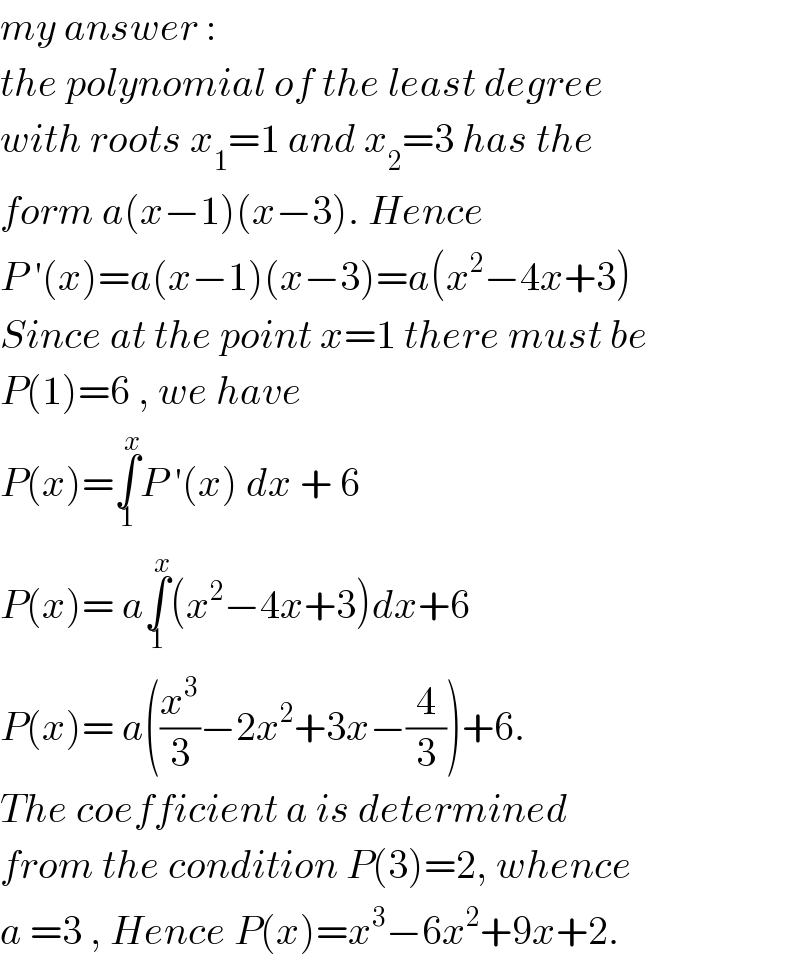Question Number 122349 by liberty last updated on 16/Nov/20

Commented by benjo_mathlover last updated on 17/Nov/20

Answered by mr W last updated on 17/Nov/20

Commented by mr W last updated on 16/Nov/20

Commented by liberty last updated on 16/Nov/20

Commented by benjo_mathlover last updated on 17/Nov/20

Commented by mr W last updated on 17/Nov/20

